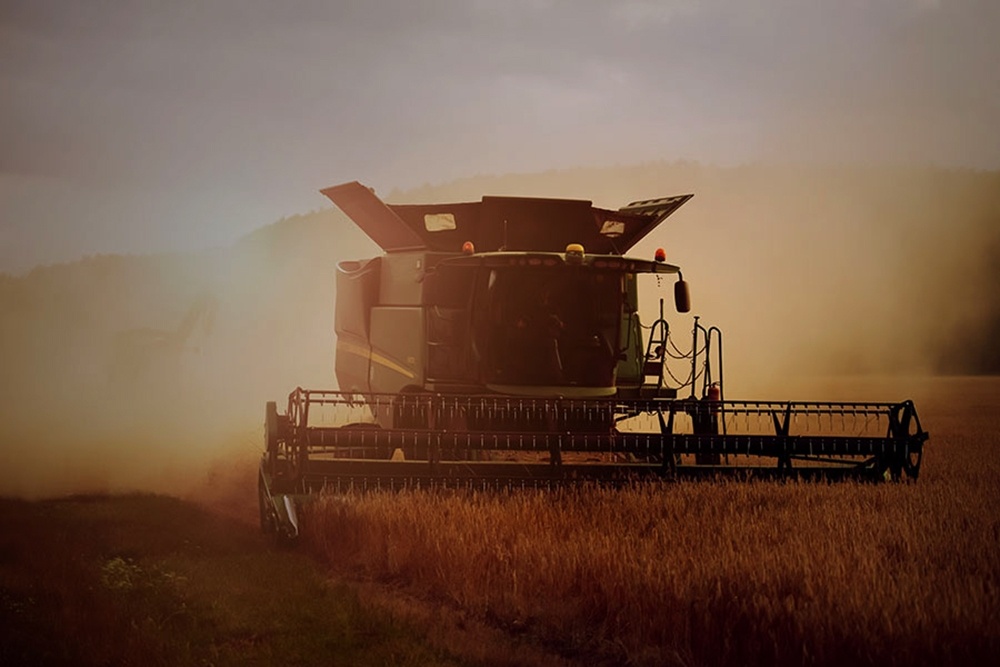7 Sep 2022
Farm Tax 2022-23 - Time for Some Spreadsheets?

In July HMRC confirmed a further development in the introduction of Making Tax Digital (MTD). From 2023/24, tax for the self-employed will be assessed on a fiscal year basis with transitional arrangements in 2022/23. This will affect all sole traders or partnerships which make up their accounts to dates other than 31st March/5th April. In future businesses can continue using non-fiscal year ends but will need to apportion them into fiscal years for tax purposes.
These changes are likely to be particularly challenging for farming businesses, where a partnership is the most common business structure and autumn is the “natural” year end. HMRC do not have data on how many farms might be affected but they believe 33% of all partnerships will fall within the transitional rules so the proportion of farming partnerships is likely to be much higher – given that DEFRA statistics show some 180,000 individuals are in farming businesses, it is likely that several tens of thousands will be affected.
During the transitional year taxable profits will be based on all accounting periods ending in 2022/23, plus the profits arising between end of the latest period and 5th April, less any overlap relief brought forward.
Using the example given in their announcement:
A two partner partnership has profits for the year ended 30 September 2022 of £130,000 and for the year ended 30 September 2023 £92,000. The profits for the tax year 2022 to 2023 for each 50% partner are as follows:
- Current year basis element – year ended 30 September 2022 – 130,000 / 2 = 65,000
- Plus transitional element – 1 October 2022 to 5 April 2023 – (92,000 x 6/12) / 2 = 23,000
Total profits for 2022/23 are £88,000 from which each partner can deduct their overlap relief.
Where a partner had profits (after overlap) exceeding what would be the “normal” profit (in this case =£65,000) an election can be made to spread the excess over the next five years.
According to our agricultural partner Andrew Perrott, planning for the transition period should take place as soon as possible. “We know this is going to happen during a period of flux, with changes in the subsidy regime, more successions going on and the usual volatility from prices and yields. Add into that mix the reduction in capital allowances from January 2022, the impact on profits from the timing of sales, two year and five year averaging, the choice of year end in the future and the transitional provisions and the whole thing becomes very complex indeed – that seems to be what happens whenever HMRC try to make things simpler!”
To discuss this further, please contact Andrew.